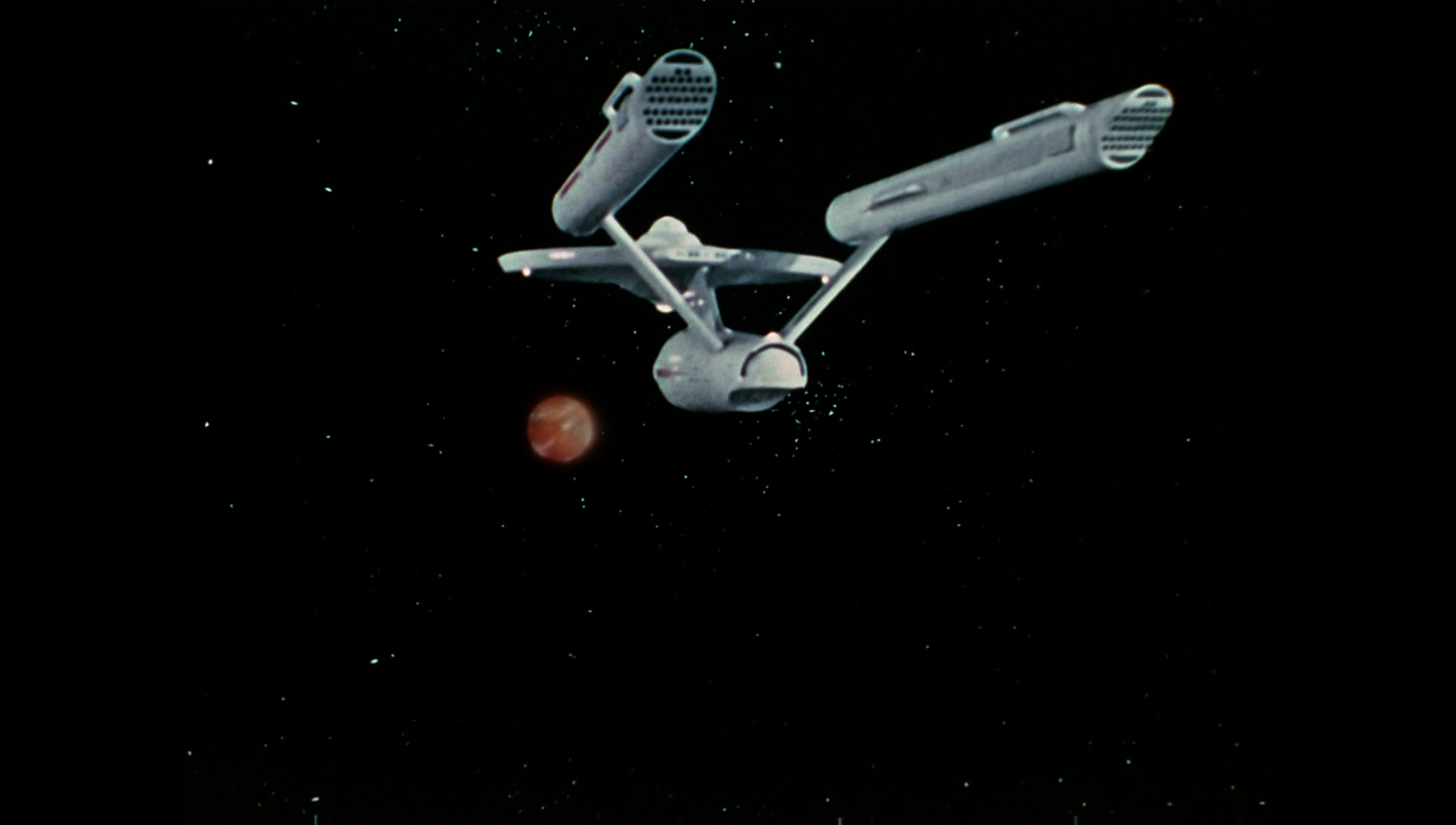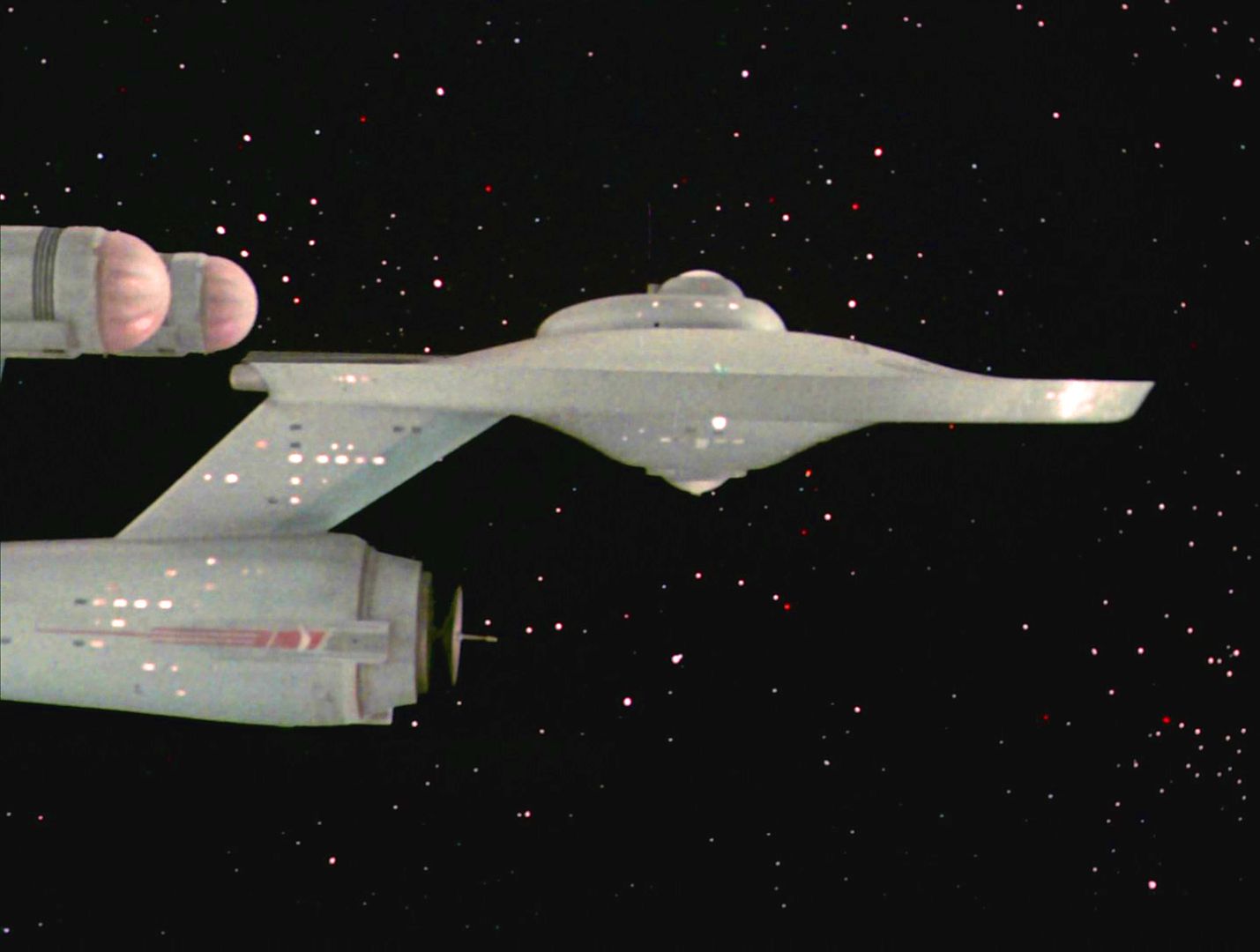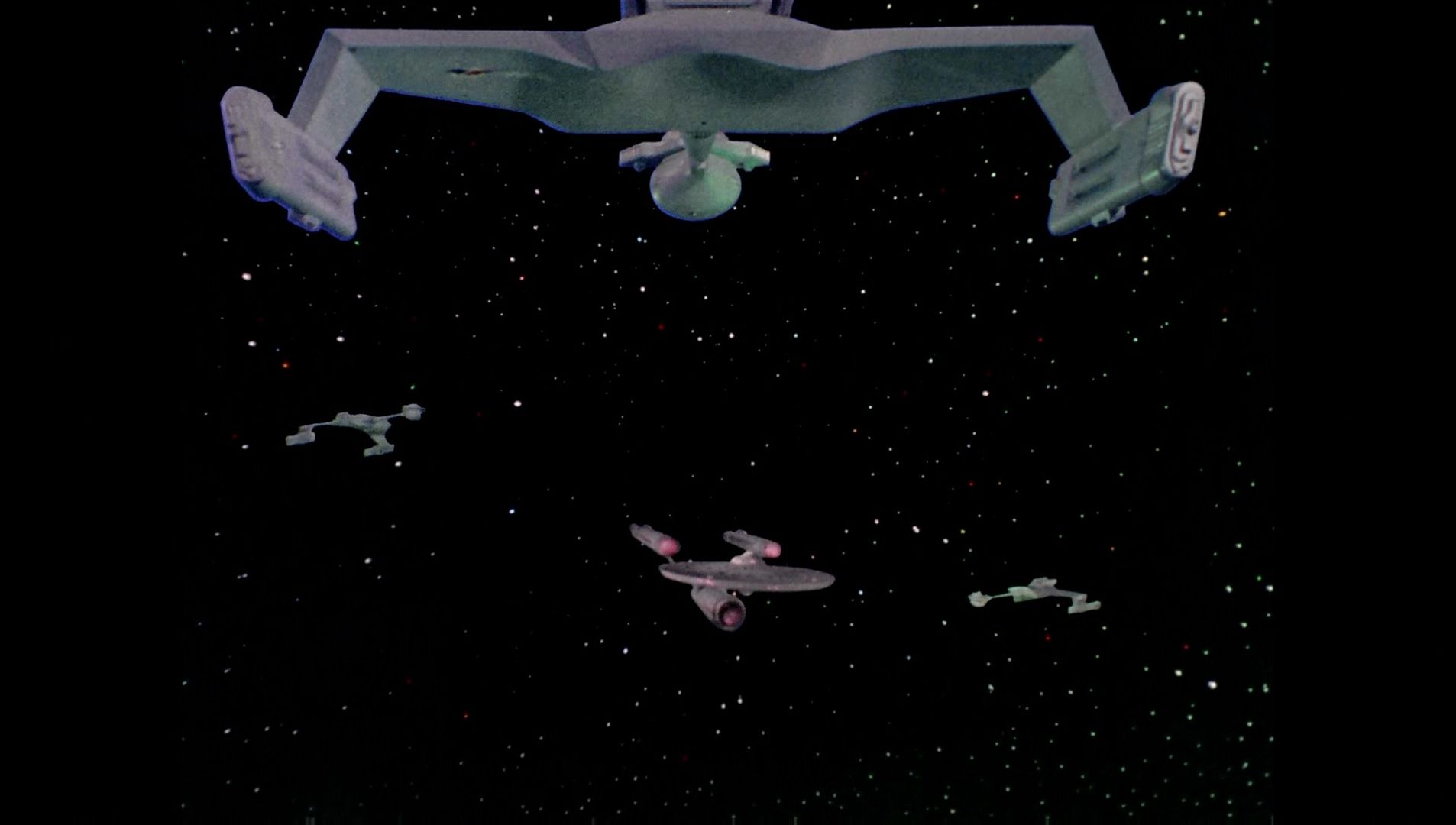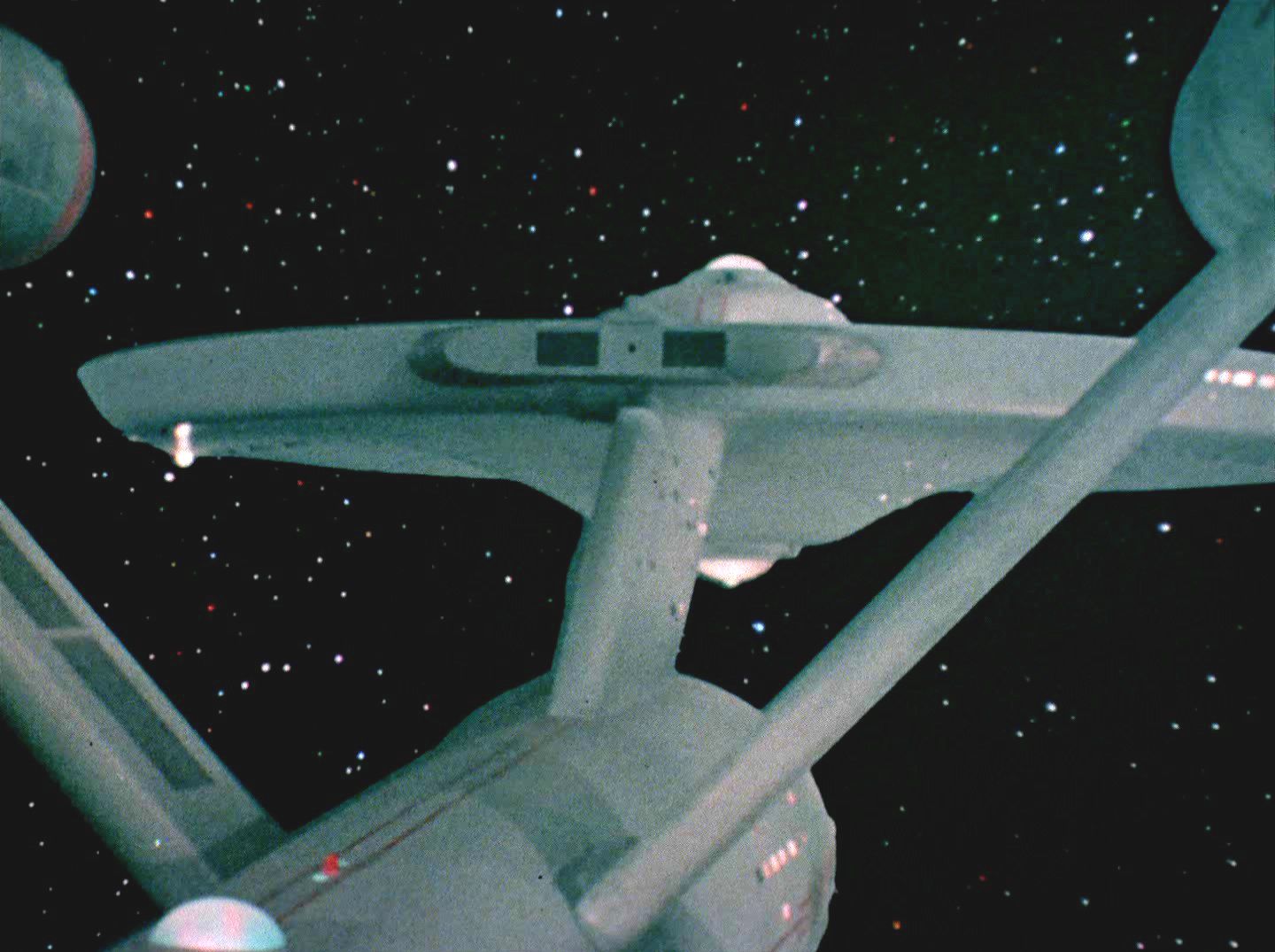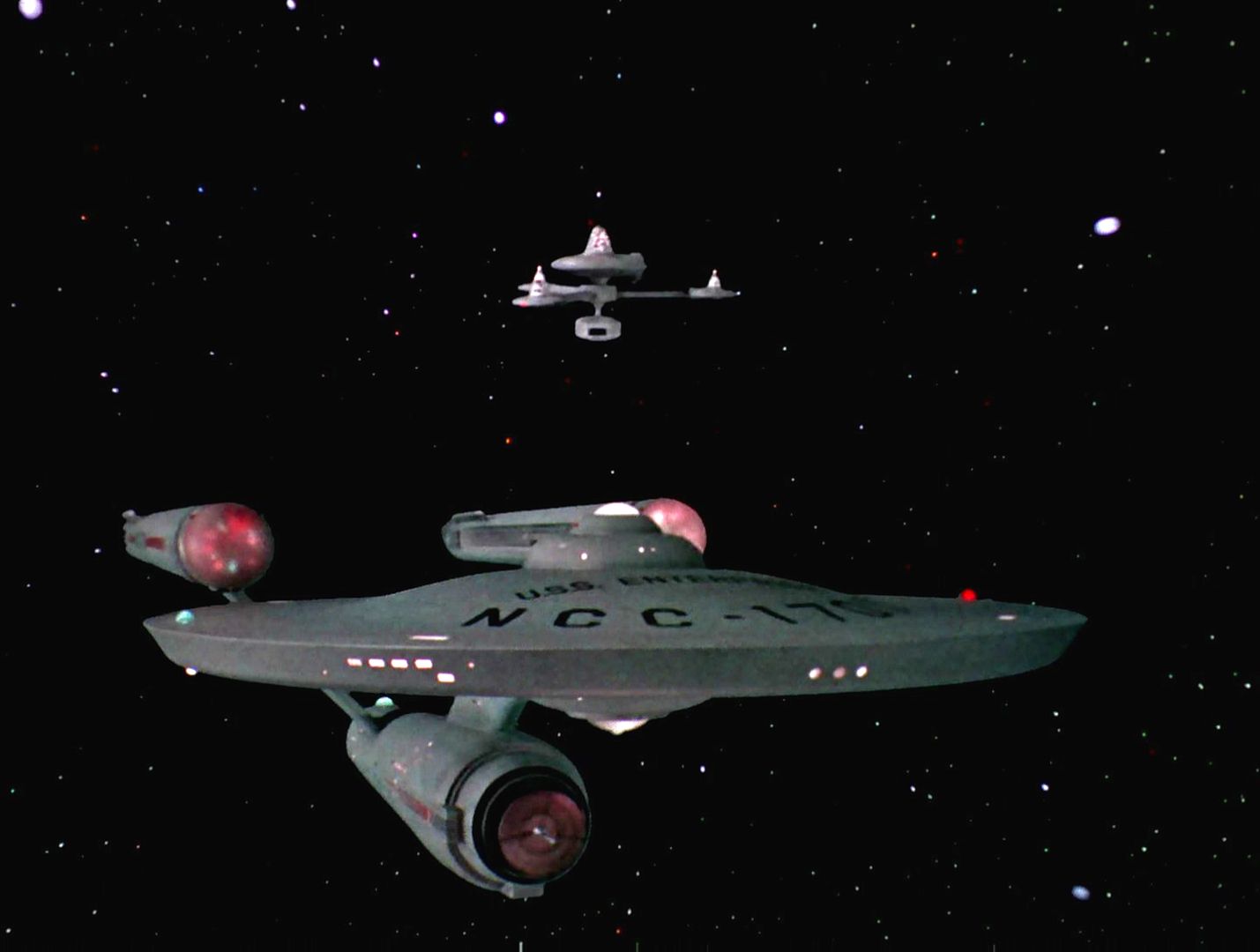It can be lost today on younger viewers how amazing many of TOS' f/x were back in the day. In some respects time hasn't been kind to the f/x of TOS given how far the art has progressed since the '60s.
TOS' f/x stood up pretty well for many years. I don't think it was until perhaps the late '70s and early '80s that some of the f/x began to look dated and that was due mostly to the big sci-fi spectacles we were getting in film. As far as television goes I don't think TOS' f/x suffered much until the advent of TNG in 1987. I think that's when some of the challenges the original production faced really started to show.
When one reads about how Star Trek was produced you should quickly appreciate how much of a challenge the original creators faced. TOS was attempting to bring (then) feature film level f/x to television on a weekly basis. And this despite the fact they did not have anywhere near a feature film budget or resources. In some respects some of what TOS was attempting mightn't have even been done in film before let alone television at the time.
Today we accept that practically anything that can be imagined can be fashioned and not without nore than a little cgi help. But for film and television back in the 1960s and for many years afterward there were no computers to help bring imagination to life--everything had to be made physically or the film itself had to be manually manipulated to get the desired effect. And if you were short on time and money then you did the best you could with what you had.
Some folks are fond of saying that f/x didn't really matter to TOS because the story is what really mattered. While the story should indeed really matter make no mistake that Roddenberry and his staff did strive for the best f/x they could get to enhance and help sell their stories.
Even as a diehard fan I can spot some things that I wish had been different. And yet in most if not all of those cases I know it was a mtter of limited time and money. I know that given extra time and money there is a lot more TOS could have done even if it wouldn't look like the cgi efforts of today.
We can all cite individual f/x that left something to be desired, and I'm sure we'll here about them in discussion, but there were a lot of very good f/x and some of them still work rather well even after all these years.
So I'd like to start off with my appreciation of a few and hopefully other folks will chime in with theirs.
After all these years I still love the original transporter effect depicting people and objects being beamed to and from the Enterprise. The beaming effect has been reinterpreted many different ways over the years, but I still think TOS' is the best. For me it still works particularly with sound effects helping to bring it to life.
One can quibble with how the 11 ft. Enterprise miniature was lighted, but I never tire of the sense of size and mass conveyed by that monster miniature. There were some truly iconic shots that really sold the Enterprise as a convincing space going vessel. That sense of scale was enhanced many years later with the reveal of the TMP refit, but for television no subsequent ship design came off as well as the TOS E. The only other thing I've seen on television that really gave me a sense of immense size was the Babylon 5 station in Babylon 5. Even more so now I appreciate that the TOS E wasn't overdone with gimmicky lighting effects. The spinning nacelle domes sold it sufficienty.
Anyone else?
TOS' f/x stood up pretty well for many years. I don't think it was until perhaps the late '70s and early '80s that some of the f/x began to look dated and that was due mostly to the big sci-fi spectacles we were getting in film. As far as television goes I don't think TOS' f/x suffered much until the advent of TNG in 1987. I think that's when some of the challenges the original production faced really started to show.
When one reads about how Star Trek was produced you should quickly appreciate how much of a challenge the original creators faced. TOS was attempting to bring (then) feature film level f/x to television on a weekly basis. And this despite the fact they did not have anywhere near a feature film budget or resources. In some respects some of what TOS was attempting mightn't have even been done in film before let alone television at the time.
Today we accept that practically anything that can be imagined can be fashioned and not without nore than a little cgi help. But for film and television back in the 1960s and for many years afterward there were no computers to help bring imagination to life--everything had to be made physically or the film itself had to be manually manipulated to get the desired effect. And if you were short on time and money then you did the best you could with what you had.
Some folks are fond of saying that f/x didn't really matter to TOS because the story is what really mattered. While the story should indeed really matter make no mistake that Roddenberry and his staff did strive for the best f/x they could get to enhance and help sell their stories.
Even as a diehard fan I can spot some things that I wish had been different. And yet in most if not all of those cases I know it was a mtter of limited time and money. I know that given extra time and money there is a lot more TOS could have done even if it wouldn't look like the cgi efforts of today.
We can all cite individual f/x that left something to be desired, and I'm sure we'll here about them in discussion, but there were a lot of very good f/x and some of them still work rather well even after all these years.
So I'd like to start off with my appreciation of a few and hopefully other folks will chime in with theirs.
After all these years I still love the original transporter effect depicting people and objects being beamed to and from the Enterprise. The beaming effect has been reinterpreted many different ways over the years, but I still think TOS' is the best. For me it still works particularly with sound effects helping to bring it to life.
One can quibble with how the 11 ft. Enterprise miniature was lighted, but I never tire of the sense of size and mass conveyed by that monster miniature. There were some truly iconic shots that really sold the Enterprise as a convincing space going vessel. That sense of scale was enhanced many years later with the reveal of the TMP refit, but for television no subsequent ship design came off as well as the TOS E. The only other thing I've seen on television that really gave me a sense of immense size was the Babylon 5 station in Babylon 5. Even more so now I appreciate that the TOS E wasn't overdone with gimmicky lighting effects. The spinning nacelle domes sold it sufficienty.
Anyone else?




